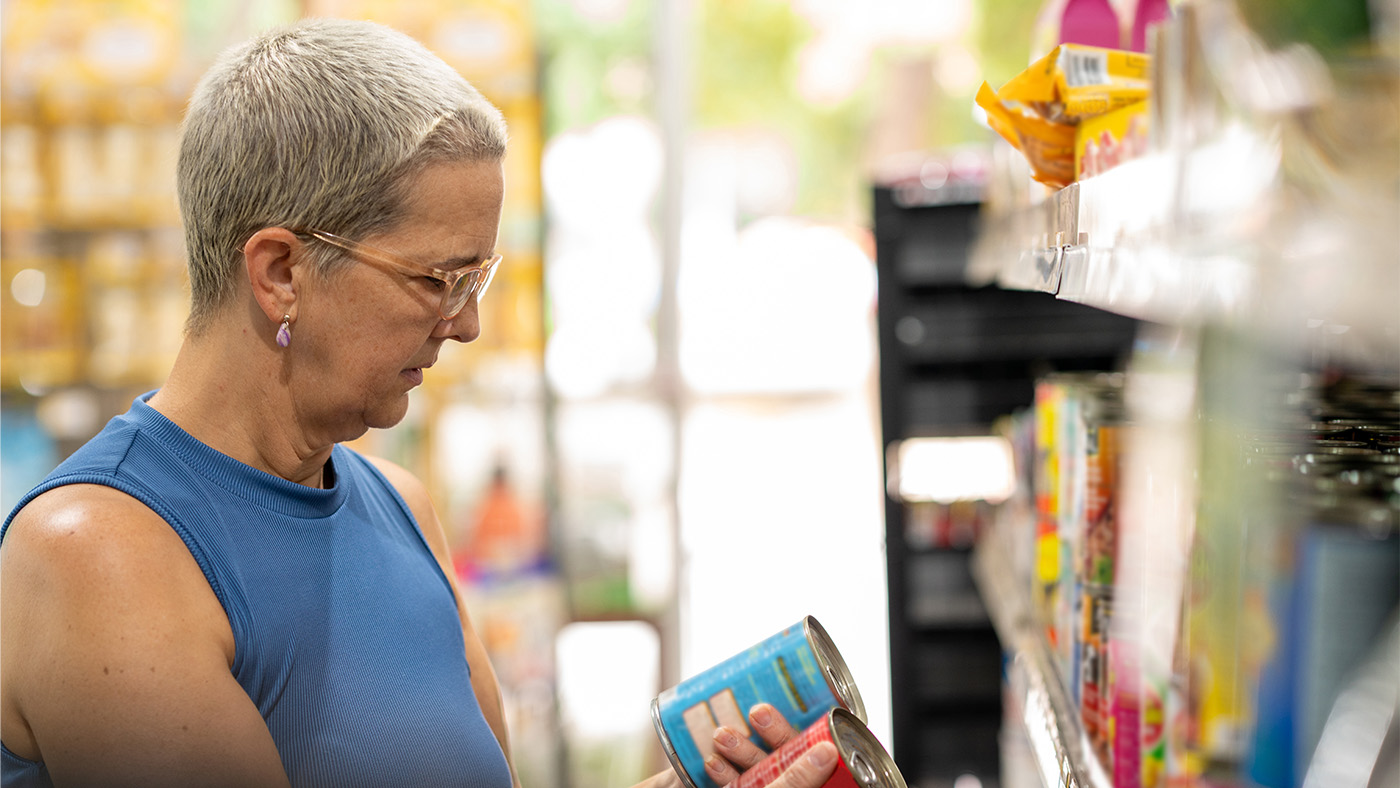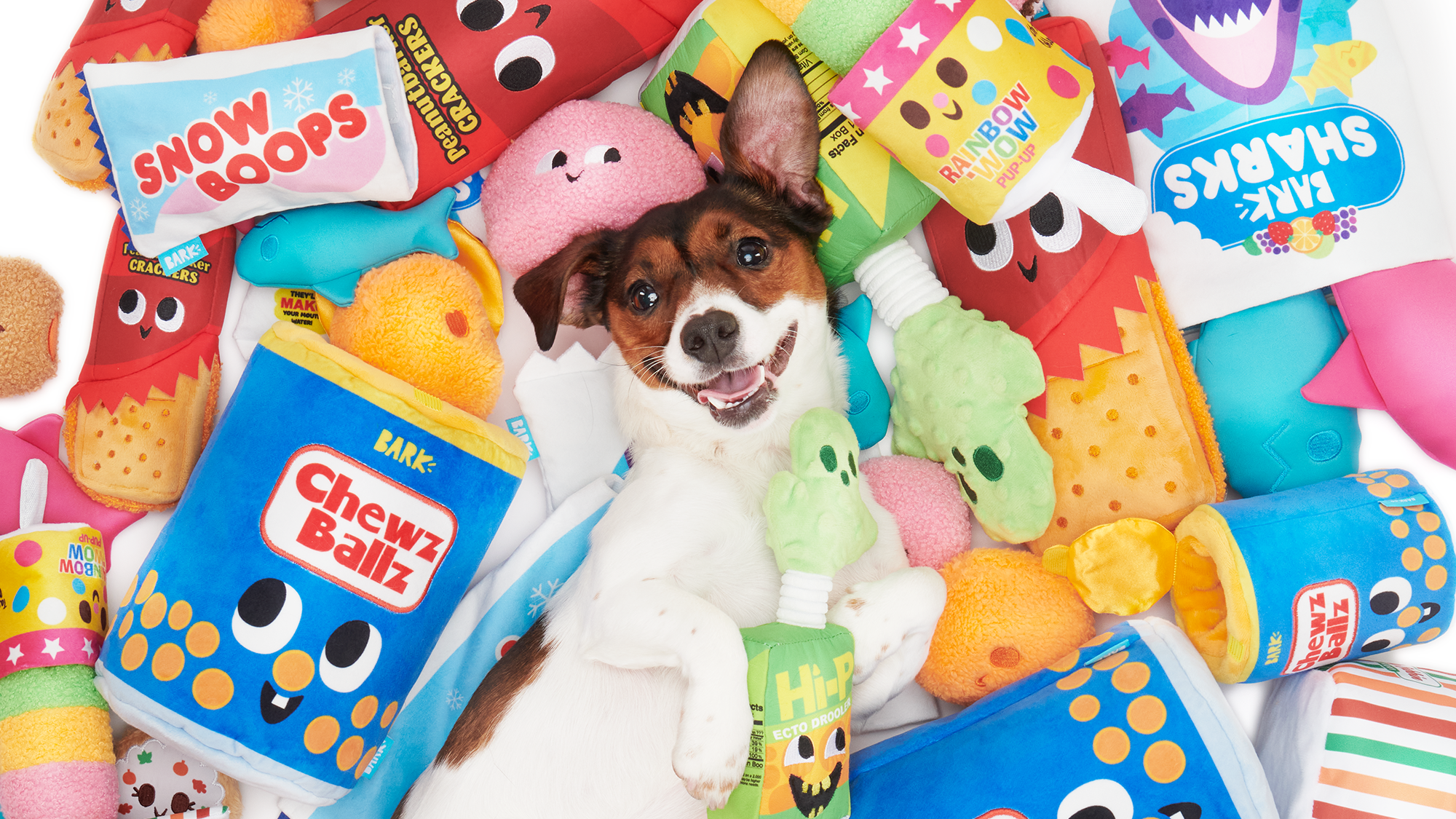Dog food prices projected to rise another 50% by 2035
With prices rising and items becoming smaller, more owners could struggle

When you’re a pet parent, you’ll find yourself spending money on all sorts of things for your furry friends.
One of the most obvious expenses is pet food. And buying the best dog food won’t always come cheap, no matter the type of food or brand you opt for. However, it’s predicted that dog food prices will rise even further – it’s forecast that owners in the UK will be spending an average of 50% more on dog food each month by 2035.
This is according to research from dog brand TopDog, which also predicts continued ‘shrinkflation’ – when items are reduced in size or quantity yet prices rise or stay the same. TopDog found the historic prices of popular products, both food and other products including dog poop bags and grooming gloves, on the website Zooplus and checked them on the Wayback Machine before comparing them to today’s prices.
Royal Canin Maxi Adult dog food cost £39.99 (about $54) for 15 kilograms (about 33lbs) 10 years ago. It was almost 53% cheaper then, now costing £60.99 (about $83). Pedigree Adult Complete kibble, meanwhile, was £22.99 ($31) for 15kg in 2015, but now costs almost £30 ($41) for just 12kg (26.5lbs).
The research also found that 12 cans of Chappie, which has long been a more affordable choice for dog parents, could rise another 133% in cost by 2025 after they more than doubled in price between 2015 and today. At this rate, a dozen cans would come in at almost £50 ($68) by 2035.
A grooming glove was less than £1 ($1.34) in 2015, but is now £3.79 (over $5), which is an increase of 283%. The price of a grooming glove at this trajectory is projected to reach £14 by 2035.

Danielle Taylor, the owner of Good Dog Pet Care Services, has expressed concern about the continued rise in dog product prices.
Get the best advice, tips and top tech for your beloved Pets
“The worry that myself and other professionals have is that this causes a dip in the overall health and wellbeing of our beloved pets.”
She added: “Owners may opt for a cheaper food alternative, which may have long-term health implications, such as poor dental health. I have also seen cases of owners delaying seeking veterinary care due to fear of costs, and hoping they can resolve the issue at home. Both of these factors have an incremental impact on animal health long term, and I feel for owners as they’re only doing the best they can for their pets.”
One dog owner, Sammy Marshall, said that she’d likely have to look at giving up treats for herself in order to care for her newly adopted puppy, Twiglet.
“Unfortunately, as a lot of cheaper brands mean you need to compromise on quality, I’d probably look into healthier treat options and ways I can use foods we would already be buying as part of our own shop.”
Read next: The real cost of owning a dog

Adam is a freelance journalist specialising in pets, music and culture, and mental health and wellbeing. He investigates and writes the large majority of news on PetsRadar, and collaborates with veterinary experts to produce informative pet care content.
Adam has a journalism degree from Southampton Solent University and a masters degree in Magazine Journalism from Cardiff University. He was previously senior editor at dog advice website DogTime.com, and has also written for The Independent, GoodToKnow and Healthline.
He owns two rescue cats, Bunny and Dougie, and has also previously had a rabbit, fish and Roborovski dwarf hamsters.
